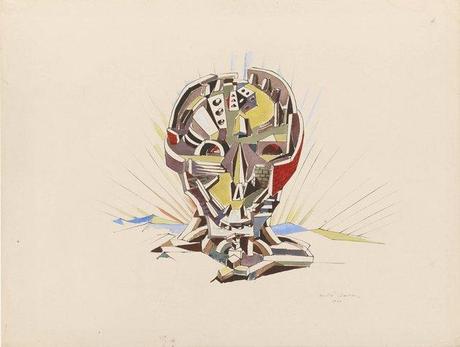In evolutionary religious studies there are some scholars who claim that “religion” is an adaptation that is the product of natural selection. Though there are several different variants of this argument, all of them rely – in one way or another – on some form of “cultural evolution.” This is not cultural evolution in the old-fashioned, progressive, and normative anthropological sense (i.e., Lubbock, Tylor, and Frazer). In its modern guises, cultural evolution relies on some variant of gene-culture co-evolution, niche construction, or memetics. While Dawkins and Dennett continue professing faith in memetics, they are pretty much alone. The most serious cultural evolutionary contender is the dual-inheritance model first proposed by Boyd and Richerson (1985) in Culture and the Evolutionary Process.
While these kinds of models are certainly plausible and mathematically elegant, I have long doubted that cultural units (such as “religion”) are the equivalent of genetic units and can be reduced to a simple variable that captures anything meaningful about the multi-causal complexities of cultural reality. “Religion” is not a simple binary that can be expressed as either present/absent, and its simple presence (in an equation) does not tell us anything meaningful about its motive force or social effects. In addition, I have long argued that these models are, at bottom, analogical or even metaphorical. In expressing my doubts and making these arguments, I’ve had several commenters (some of them distinguished) disagree.
Given these disagreements, it is nice to have the distinguished Massimo Pigliucci weigh in on the subject. Over at berfrois, he recently asked: “Is Cultural Evolution a Darwinian Process?” His answer is no. Why? Because the source of variation in biological evolution is random, whereas the source of variation in cultural evolution is directed. This foundational difference means that the two processes are different, both in cause and effect. It’s an elegant and simple argument, one which I’m sure will be opposed by the evolutionary theists who see God’s teleological handiwork in evolution and wish to demonstrate it through dual inheritance, gene-culture co-evolution, and group level selection.
And speaking of metaphors (masquerading as theory), Colin McGinn has had enough of the misleading “homunculus talk” that is so pervasive in cognitive science:
Here I must say something briefly about the standard language that neuroscience has come to assume in the last fifty or so years (the subject deserves extended treatment). Even in sober neuroscience textbooks we are routinely told that bits of the brain “process information,” “send signals,” and “receive messages”—as if this were as uncontroversial as electrical and chemical processes occurring in the brain. We need to scrutinize such talk with care. Why exactly is it thought that the brain can be described in these ways? It is a collection of biological cells like any bodily organ, much like the liver or the heart, which are not apt to be described in informational terms. It can hardly be claimed that we have observed information transmission in the brain, as we have observed certain chemicals; this is a purely theoretical description of what is going on.
The mistake is to suppose that wires and neurons are homunculi that somehow mimic human subjects in their information-processing powers; instead they are simply the causal background to genuinely informational transactions. The brain considered in itself, independently of the mind, does not process information or send signals or receive messages, any more than the heart does; people do, and the brain is the underlying mechanism that enables them to do so. It is simply false to say that one neuron literally “sends a signal” to another; what it does is engage in certain chemical and electrical activities that are causally connected to genuine informational activities.
Contemporary brain science is thus rife with unwarranted homunculus talk, presented as if it were sober established science. We have discovered that nerve fibers transmit electricity. We have not, in the same way, discovered that they transmit information. We have simply postulated this conclusion by falsely modeling neurons on persons. And there is theoretical danger in such loose talk, because it fosters the illusion that we understand how the brain can give rise to the mind.
This much we do understand: linguistic primates love their symbols and stories.

André Masson “Ville Cranienne” (Skull City), 1940

